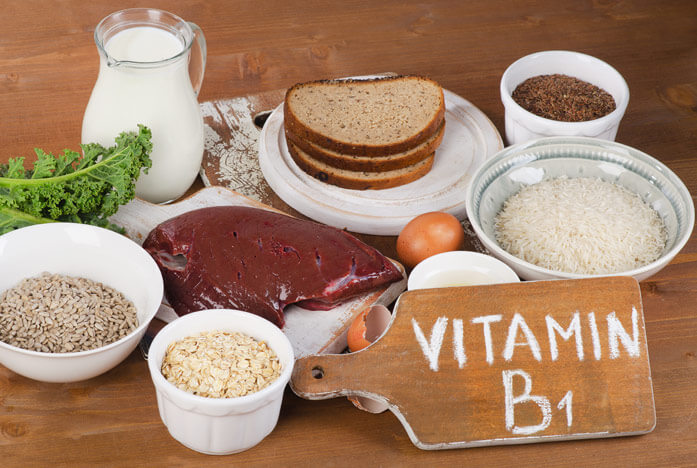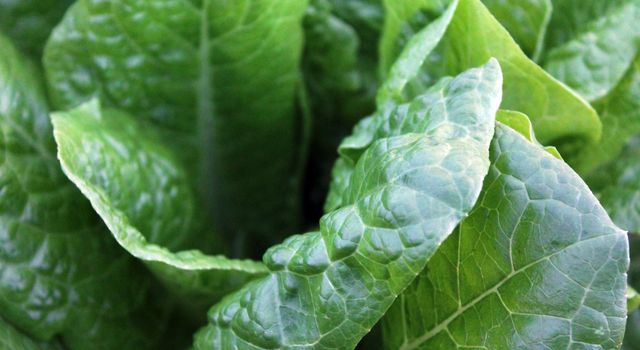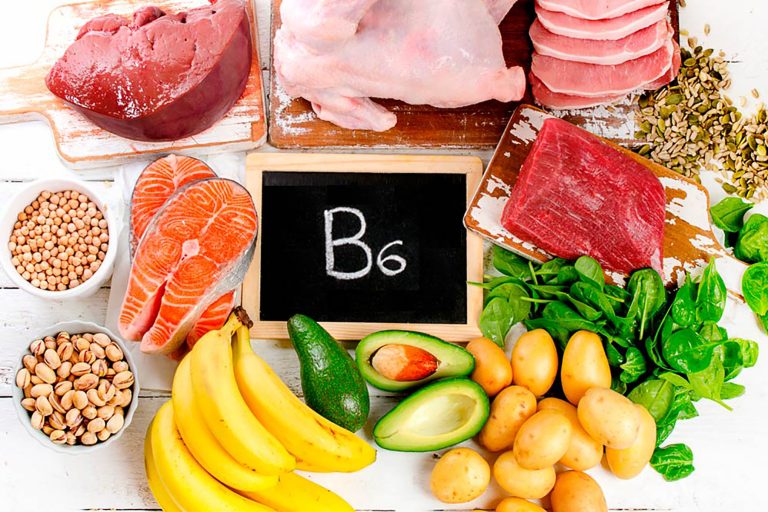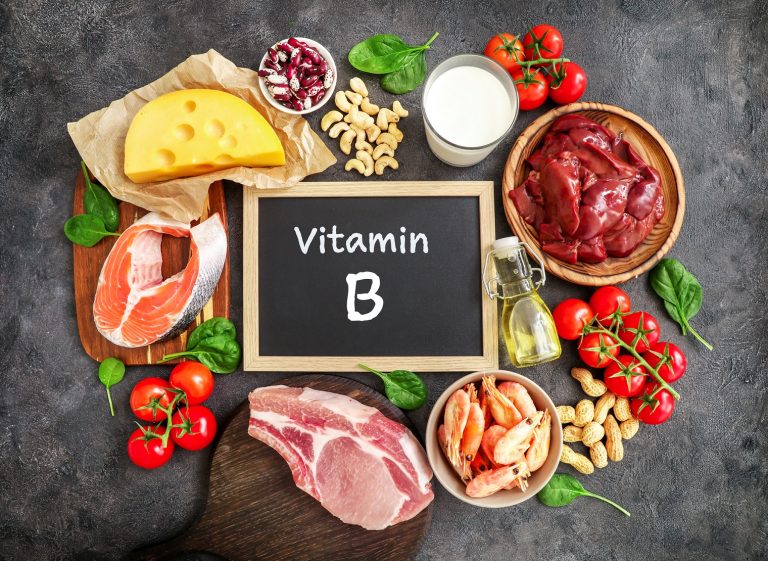For example, vitamin B1 is found in the outer layers of cereals, i.e. those that we usually remove from industrial foods. Utopia explains what whole grains help against, what thiamin does in the body, and what happens when there is a vitamin B1 deficiency.
Vitamin B1, or thiamine, is a water-soluble vitamin that must be obtained regularly from food because the body can only store a limited amount of it. If there is no supply or the thiamine metabolism is impaired, a deficiency can develop and lead to what is known as beriberi disease. Fortunately, it is almost unknown in this country, because in Germany most people are sufficiently supplied with vitamin B1.
Function of vitamin B1/thiamine

Vitamin B1 (also: thiamin, aneurin) is often advertised as a “mood vitamin” or “feel good vitamin”. In fact, it is an essential vitamin with many important functions: In the nervous system, vitamin B1 plays an essential role; it is also involved in energy metabolism and heart health. Other processes to which vitamin B1 contributes significantly are:
Metabolism of carbohydrates / glucose metabolism
metabolism of amino acids
energy production
Transmission of stimuli in the nervous system
What happens with a vitamin B deficiency?
A lack of thiamine is rather rare in Germany: the average population is well supplied with vitamin B1 – but there are risk groups. Alcoholics, people with infectious diseases, liver or gastrointestinal diseases (e.g. Crohn’s disease), women with extreme morning sickness and children whose mothers suffered from B1 deficiency due to frequent vomiting during pregnancy are particularly at risk.
Although some people with unbalanced diets do not have a deficiency, they do have a low vitamin B1 level. Anyone who mainly eats white flour products and polished rice or a lot of raw shellfish (e.g. oysters) and freshwater fish (e.g. gravlax) increases the risk of a falling vitamin B1 level. The reason: Raw fish contains an enzyme that breaks down thiamine.
If the body lacks thiamine, neurological symptoms and disorders of carbohydrate metabolism occur. The best-known disease that results from a severe vitamin B1 deficiency is the so-called beriberi: the symptoms are muscle weakness, numbness in the arms and legs, and heart failure up to and including heart failure. Without treatment, beriberi can be fatal. The disease occurs almost exclusively in countries where the diet is very one-sided and white rice is a staple food. This is because the vital B vitamin, which is found in the outer layers of the rice grain, is lost when the rice is husked.
Symptoms and effects of milder forms of thiamine deficiency include:
memory problems/forgetfulness
fatigue
irritability
headache
loss of appetite
Depressive moods
decreasing physical performance
lack of concentration
muscle weakness (especially in the calves)
Abnormal sensations (ranging from tingling to numbness) in the extremities
visual disturbances
edema
Low blood pressure
heart failure
Side effects of vitamin B1/thiamine overdose
Our body reacts to an increased dose of vitamin B by absorbing less of it through the intestines. So it regulates an overdose itself: Excess thiamine is simply excreted in the urine. There are no known health side effects from excessive intake.
Daily requirement of vitamin B1
The need for vitamin B1 depends on the energy intake and differs according to age and gender. Adults need at least 1 mg of vitamin B1/thiamine per day. Men, breastfeeding women and pregnant women have a requirement of 1.1 to 1.3 mg per day. The requirement increases with alcohol consumption, competitive sports and heavy sweating.
The content of vitamin B1 in food is influenced by storage and preparation: Vitamin B1 is water-soluble, which means that part (about 30%) of the vitamin is lost in the cooking water during cooking. Since thiamine is also sensitive to heat, a gentle, short cooking method or eating it raw is recommended. The vitamin is also sensitive to UV rays and oxygen.
Which foods contain a lot of vitamin B1/thiamine?

Research into beriberi disease has made it clear where a particularly large amount of vitamin B1 is hidden: in the outer grain layers, which are removed from white flour products and polished rice. In order to cover your need for thiamin, you should always prefer whole grain products. Because vitamin B1 is heat-sensitive, it is advisable to consume some of these whole grain products unheated, for example as oatmeal. Wheat germ has a particularly high content and ideally complements your breakfast muesli.
If you don’t like whole grain rice, parboiled rice is an alternative: it has been steamed before it is husked, so some of the vitamins and minerals have migrated to the interior of the grain and are retained after husking.
Another good source of thiamine are nuts and seeds, especially sunflower seeds, peanuts, and sesame. Be careful not to buy them roasted to avoid destroying the vitamin. Legumes (especially peas) also contain a lot of vitamin B1/thiamine. Since legumes naturally contain stomach toxins that are indigestible for humans, you should not eat them raw. In order to get the best possible vitamin B1/thiamine in peas, lentils, beans & co., pay attention to short cooking times with little water. Other sources of thiamine include potatoes and pork.














